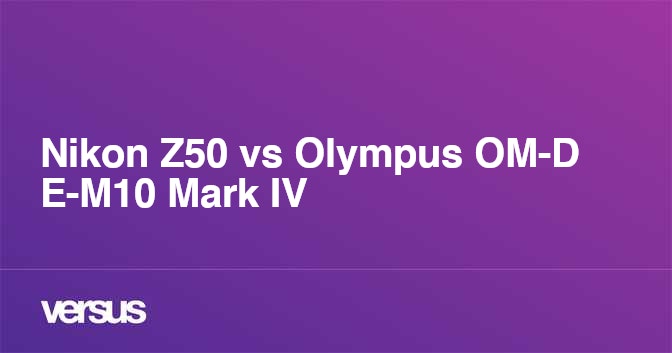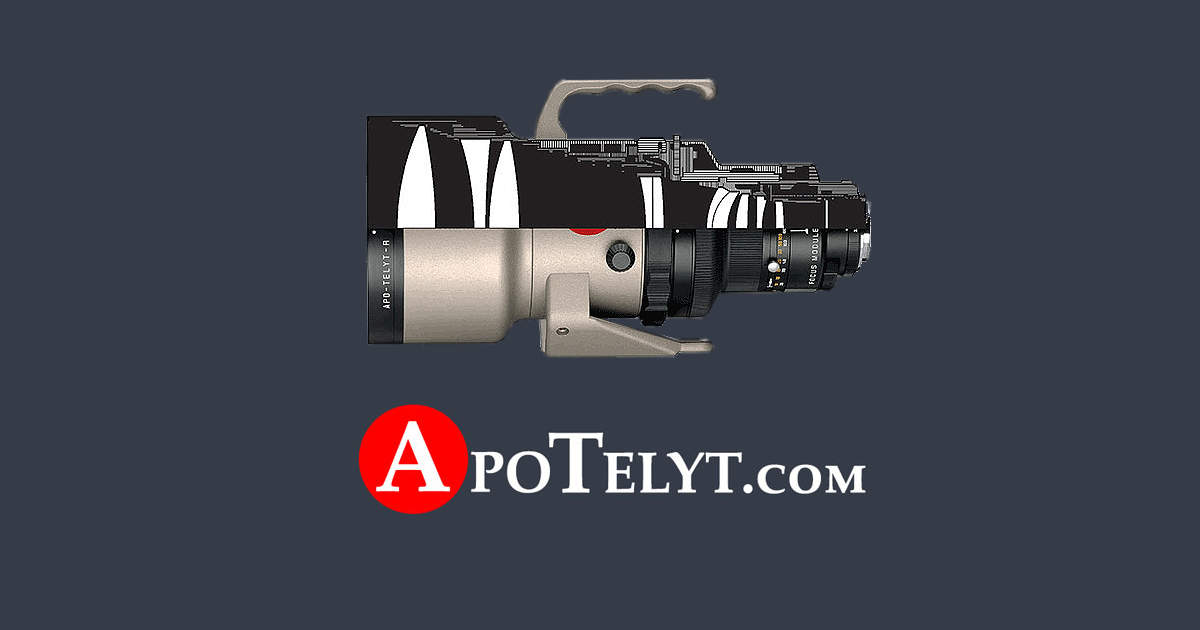Hi
relatively new to photography, other than the usual holiday and special occasion point and shoot.
I’m looking at getting something more sophisticated, after looking I’ve decided on one of these two:
Any thoughts, pointers and recommendations welcome.
Thanks
Neil
relatively new to photography, other than the usual holiday and special occasion point and shoot.
I’m looking at getting something more sophisticated, after looking I’ve decided on one of these two:
- Olympus OM-D E-M10 Mark IV with 14-42mm F/3.5-5.6 Lens
- Nikon Z50 with DX 16-50mm VR Lens
Any thoughts, pointers and recommendations welcome.
Thanks
Neil







